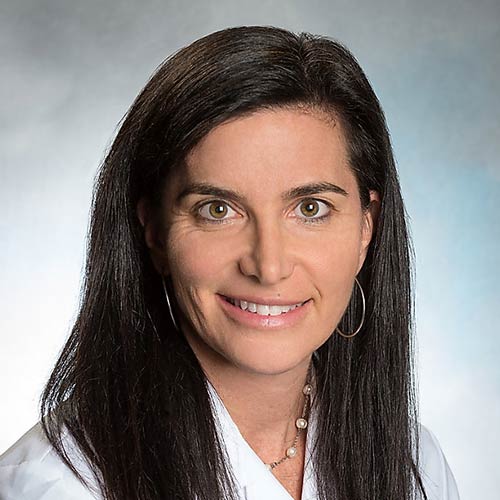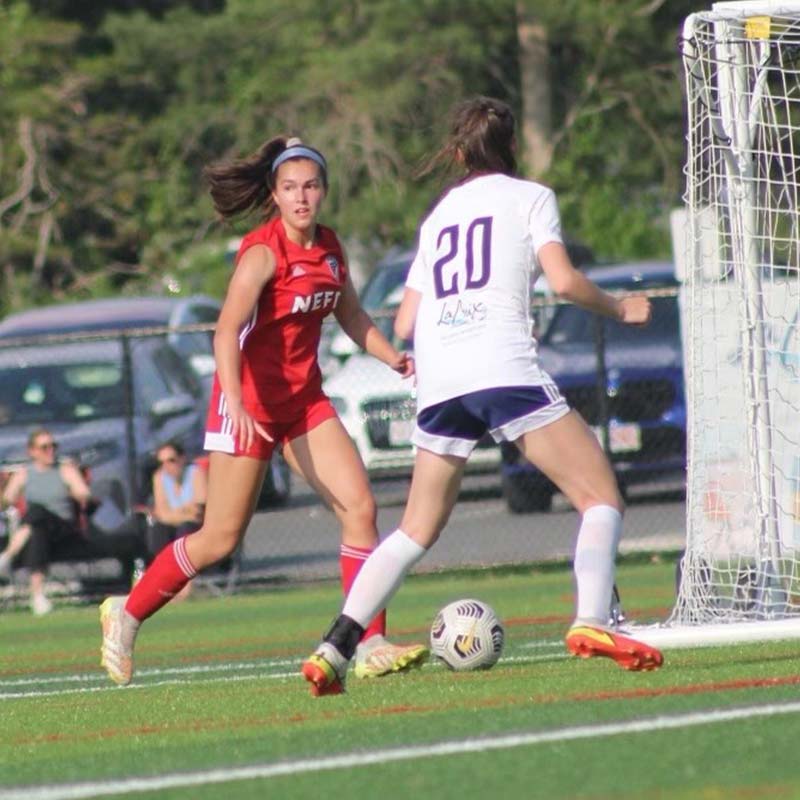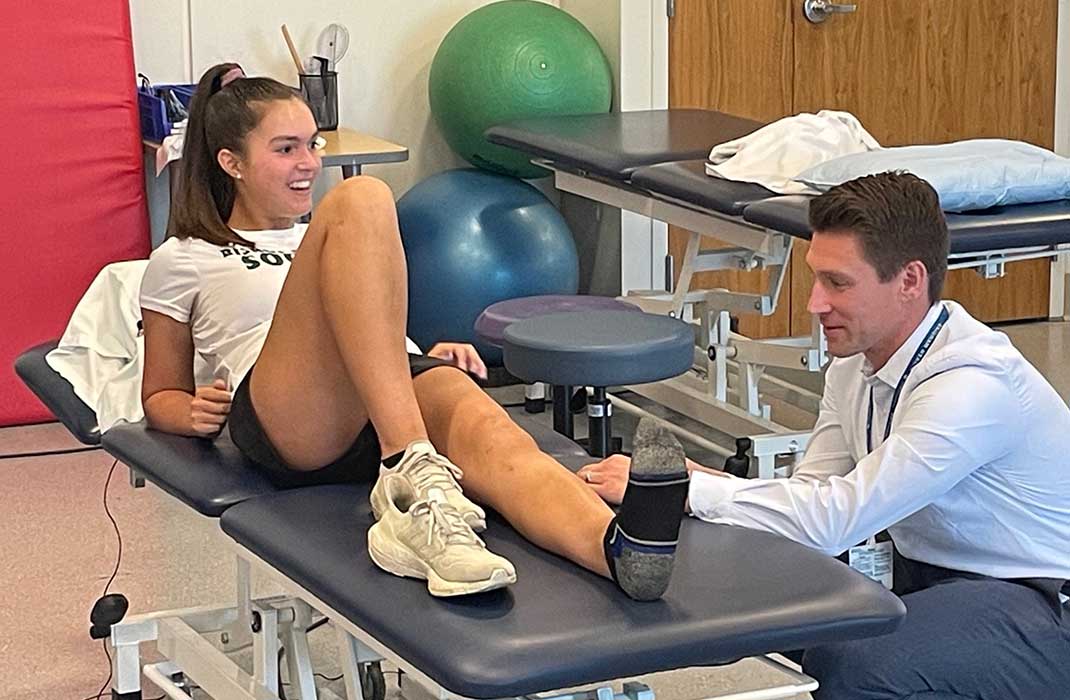-
- Find Care
-
- Visitor Information
- Find a Location
- Shuttles
- Visitor Policies
-
-
- Our Virtual Care Options
- Virtual Urgent Care
- Virtual Visits for Primary & Specialty Care
- Online Second Opinions
- Participate in Research
-
- Contact us
-
- For Innovators
- Commercialization Guide for Innovators
-
-
- Research News
- Alzheimer's Disease
- Artificial Intelligence
-
- Overview
-
- Overview
- Getting Started
- New to Mass General Brigham
- International Patient Services
- What Is Patient Gateway?
- Planning Your Visit
- Find a Doctor (opens link in new tab)
- Appointments
- Patient Resources
- Health & Wellness
- Flu, COVID-19, & RSV
- Billing & Insurance
- Financial Assistance
- Medicare and MassHealth ACOs
- Participate in Research
- Educational Resources
- Visitor Information
- Find a Location
- Shuttles
- Visitor Policies
- Find Care
-
- Overview
- Our Virtual Care Options
- Virtual Urgent Care
- Virtual Visits for Primary & Specialty Care
- Online Second Opinions
-
- Overview
- Participate in Research
-
- Overview
- About Innovation
- About
- Team
- News
- For Industry
- Venture Capital and Investments
- World Medical Innovation Forum (opens link in new tab)
- Featured Licensing Opportunities
- For Innovators
- Commercialization Guide for Innovators
- Contact us
-
- Overview
- Information for Researchers
- Compliance Office
- Research Cores
- Clinical Trials
- Advisory Services
- Featured Research
- Two Centuries of Breakthroughs
- Advances in Motion (opens link in new tab)
- Brigham on a Mission (opens link in new tab)
- Gene and Cell Therapy Institute
- Research News
- Alzheimer's Disease
- Artificial Intelligence
-
- Overview
-
- Overview
- Residency & fellowship programs
- Brigham and Women's Hospital
- Massachusetts General Hospital
- Mass Eye and Ear
- Newton-Wellesley Hospital
- Salem Hospital
- Integrated Mass General Brigham Programs
- Centers of Expertise
- Global & Community Health
- Health Policy & Management
- Healthcare Quality & Patient Safey
- Medical Education
- For trainees
- Prospective trainees
- Incoming trainees
- Current trainees
- Continuing Professional Development
Izzy’s Story: Returning from a Torn ACL
ACL reconstruction
Torn ACLs do not heal on their own. A surgeon must reconstruct the ligament.
In rare instances, an athlete might forgo surgery and wear a functional ACL brace. Unfortunately, younger athletes often damage the cartilage padding between the thigh and shin bones during an ACL tear. This padding, called the meniscus, prevents both bones from rubbing against each other. Meniscal tears and cartilage damage can lead to osteoarthritis later in life.
“Life goes on fine without an ACL if you’re doing things in a straight line, like riding a bike or going for a walk,” says Dr. Matzkin. “But if you’re playing a sport with a lot of stop-and-go, you’re going to need surgery to provide stability and protect your knee from long-term damage.”
Surgeons can reconstruct ACLs using different tendons from the patient. They take these tendons, often called an ACL graft, from the quadriceps tendon, hamstring tendon, or patellar tendon.
Regardless of which tendons the surgeons use, the graft must be strong enough to support an athlete’s frame.
Minimally invasive ACL surgery
Decades ago, athletes considered a torn ACL a career-ending injury. Today, thanks to minimally invasive procedures and savvy grafting techniques, athletes can expect to return to the field 8 or more months after their surgery.
Before scheduling surgery, Dr. Matzkin meets with patients and parents to discuss their preference for a graft. Younger female athletes may have smaller tendons compared to older high school or collegiate athletes. Each type of graft has its pros and cons, which can vary by patient and by the sport they play. Dr. Matzkin allows each patient to choose the right path forward.
Izzy, who had a history of hamstring injuries, chose her quadriceps tendon for the ACL graft. During surgery, Dr. Matzkin used three tiny incisions and an arthroscope (miniature camera) to tunnel the graft from the bottom of the thigh bone (femur) to the top of the shin (tibia).
Dr. Matzkin ended the operation with an extra precaution. She added an additional graft called a lateral extra articular tenodesis (LET) next to the new ACL. The innovative technique provides extra stability to the knee and helps reduce the likelihood of the ACL retearing.
“Dr. Matzkin explained to us that [the LET] is essentially a seatbelt they place on the knee to reduce the likelihood of a future retear,” says Kathleen. “For us, it was a no-brainer.”
Recovering from ACL surgery
Weeks after surgery, Izzy watched her club soccer team play for a national championship in Ohio from a live stream at home. She kept her leg still and straight on her couch, even as she cheered on her teammates hundreds of miles away. When the final whistle blew and her team stormed the field to celebrate their victory, Izzy could feel the full weight of the injury crash over her.
The excitement of a championship faded to a deep sob in moments. Izzy couldn’t help but think of the road ahead. She wondered whether she would ever return to the national stage she had helped lead her team to before her injury.
After undergoing surgery in June, Izzy couldn’t run for 4 months. She could exercise on a stationary bike, however, and began seeing a physical therapist at Dr. Matzkin’s office shortly after the injury.
Twice a week, Izzy traveled to Foxborough, where the Mass General Brigham Sports Medicine team helped reestablish range of motion in her knee. Her physical therapist Alex Neal, DPT, OCS, tailored her workouts to the amount of pain and swelling in her knee. Together, Alex and Izzy wrote goals for each day, week, and month. Whenever Izzy hit a setback, Alex shared his notes with Dr. Matzkin to strategize a new path forward.
Slowly but surely, Izzy’s knee regained enough movement and strength for her to jog on the treadmill by October 2023.
“I bawled my eyes out once I started running,” says Izzy. “I was so excited to get back to that moment, and I just remember saying to myself, ‘Yes, I can do this!’”
Protecting a repaired ACL and mental health


